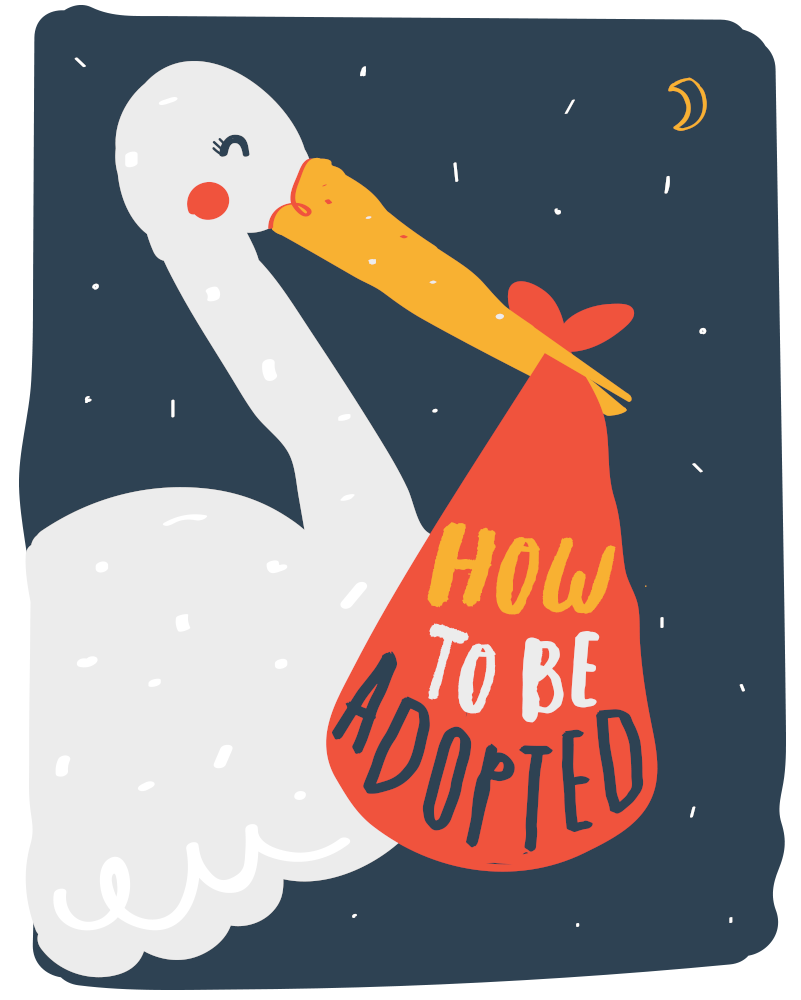
Better than the alternative?
Don’t tell me I should be grateful I wasn’t aborted. Just button your mouth and listen to adoptees.

Top 5 take-aways from The Open Nest conference 2017
Summary of my first adoption-related conference with tips for adoptees and anyone who loves and/or works with adopted, fostered or looked after children.
